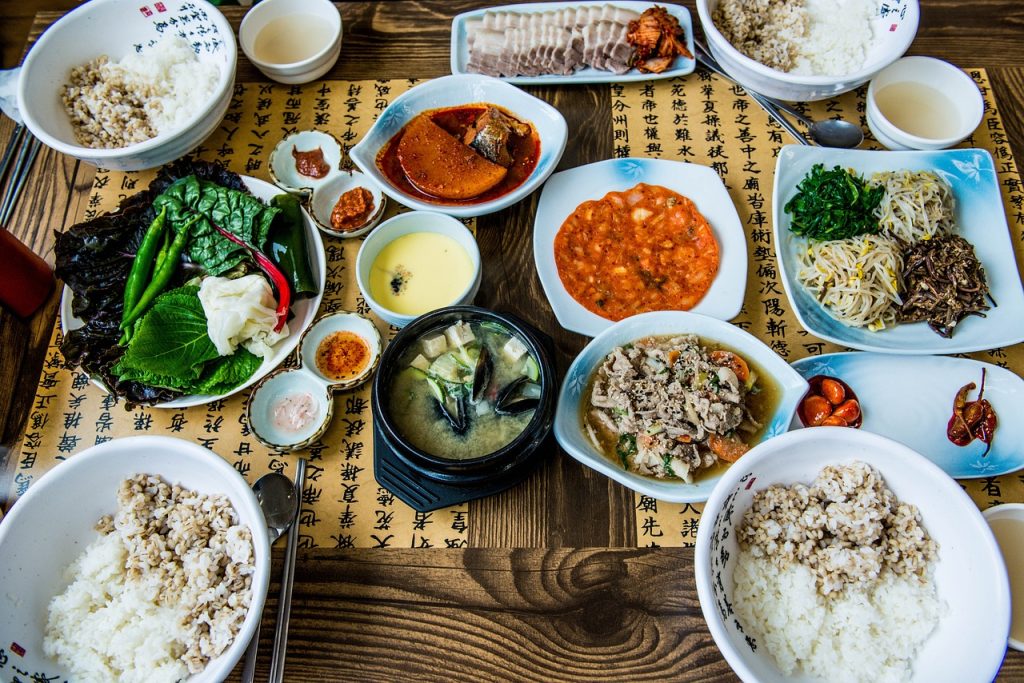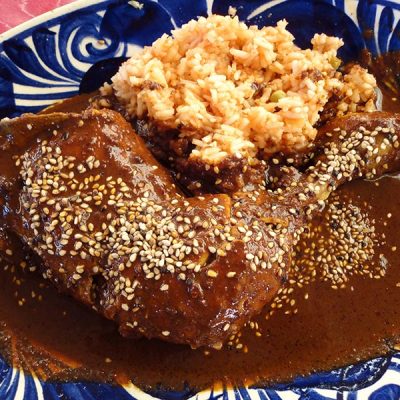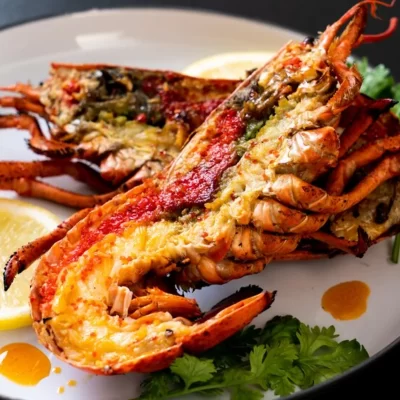The story of how Asian food became popular online is complex. Children of Asian immigrants have played a significant role, using their rich cultural background to revolutionize the internet food industry. This emergence of Asian cuisine is not only a reflection of the broadening palate of global netizens but also a testament to the power of cultural exchange, hybridization, and the storytelling potential of social media.
Children of immigrants, or second-generation immigrants, often grow up with a foot in two worlds. They straddle their parents’ traditional culture and the culture of their adopted homeland. For many second-generation Asian immigrants, food is a poignant part of their dual identity. These youngsters grow up in kitchens where spices, fermented sauces, and unusual veggies mix with American or European mainstays. Their culinary dualism has helped elevate Asian food on social media.
Asian Generation On Social Media
Instagram, TikTok, and YouTube have provided a platform for these Asian Americans to share their family recipes with the world. Their content is an example of edutainment, in which educational and entertaining elements are combined. They discuss the history of the meals, how to properly consume them, and the cultural importance of the various ingredients and preparation techniques. These stories, which are conveyed with a sense of humor, nostalgia, and sincerity, hit home with a worldwide audience that is starved for original, accessible material.
The language they use plays a pivotal role in their storytelling. Fluent in both their parents’ tongue and the language of their adopted country, these influencers often incorporate phrases from both languages in their posts. This bilingual narrative enhances the exotic appeal of the dishes while also making the content accessible to a broader audience.
The second-generation immigrants’ grasp of Western popular culture enables them to produce material that appeals to a general audience. They have succeeded in making Asian cuisine appear less exotic and more acceptable to the Western taste by relating Asian meals to universally relevant themes like comfort food, family get-togethers, or health and fitness.
What is the Main Focus of the Trend?
The popularity of Asian food on social media is also fueled by the trend toward healthier, plant-based, and visually appealing meals. Asian cuisine, with its emphasis on fresh vegetables, lean meats, and striking presentation, fits this bill perfectly.
- Influencers often highlight the health benefits of their dishes, drawing attention to the use of ingredients rich in antioxidants, fiber, and lean protein.
- Moreover, the tactile and aesthetic aspects of Asian cuisine have contributed to its popularity. The visual appeal of brightly colored sushi rolls, the sizzle of Korean barbecue, or the delicate art of folding dumplings – these are experiences that are tailor-made for the visual nature of social media platforms.
- The influencers capitalize on this, often posting step-by-step cooking videos or aesthetically pleasing photos of the final dish, making the cuisine not just about taste, but also about visual and auditory appeal.
- Finally, the rise of Asian cuisine on social media has been a self-perpetuating cycle.
- As Asian food content gets more likes, shares, and comments, the algorithms that power these platforms promote them more, leading to greater visibility and popularity. This, in turn, encourages more influencers to create content around Asian food, creating a continuous loop of increasing popularity.
In Conclusion
Asian food is popular on social media thanks to Asian immigrant children. Their dual heritage has enabled them to expose Asian gastronomy to a worldwide audience. They’ve made Asian food mainstream and popular. Their success proves cultural interchange, second-generation immigrant entrepreneurship, and social media’s reach. Their ability to combine human tales, educational lessons, and aesthetic appeal has captured viewers, making Asian food more appealing.
Feature Image: Pixabay
Read More on Recipedev.com





